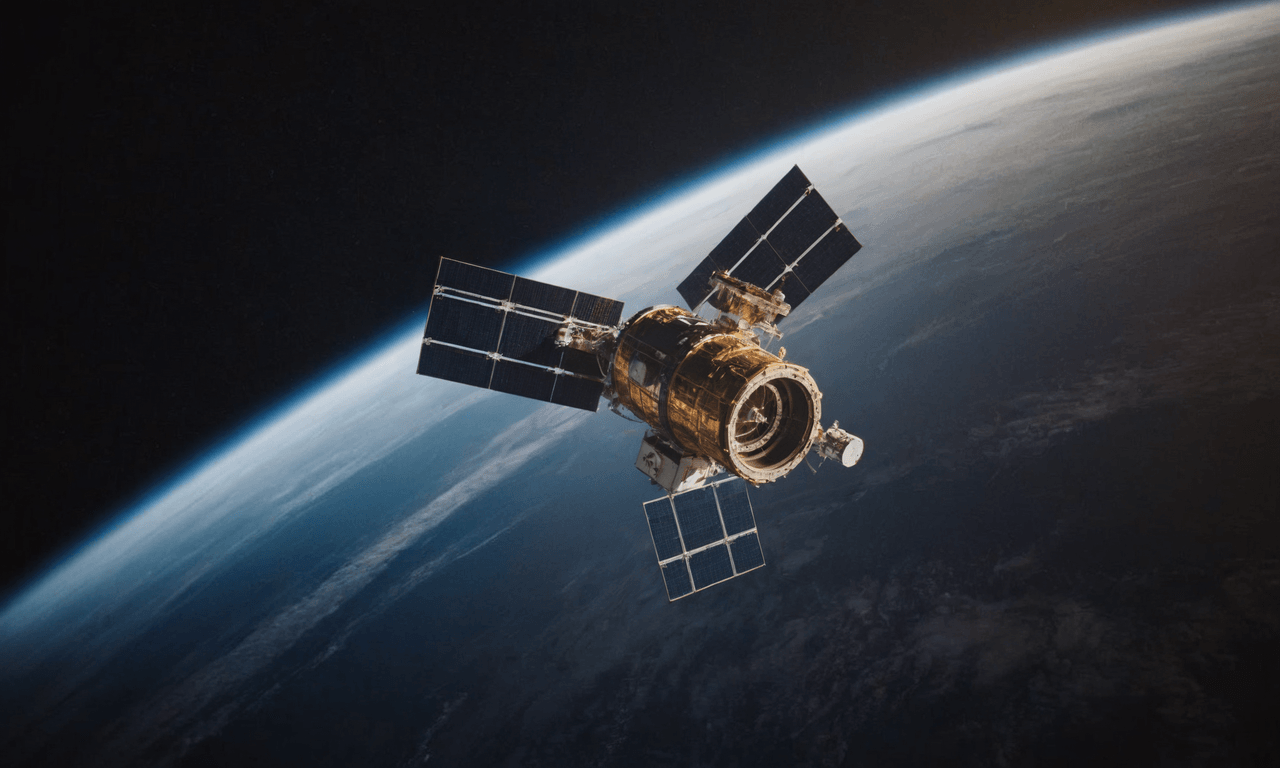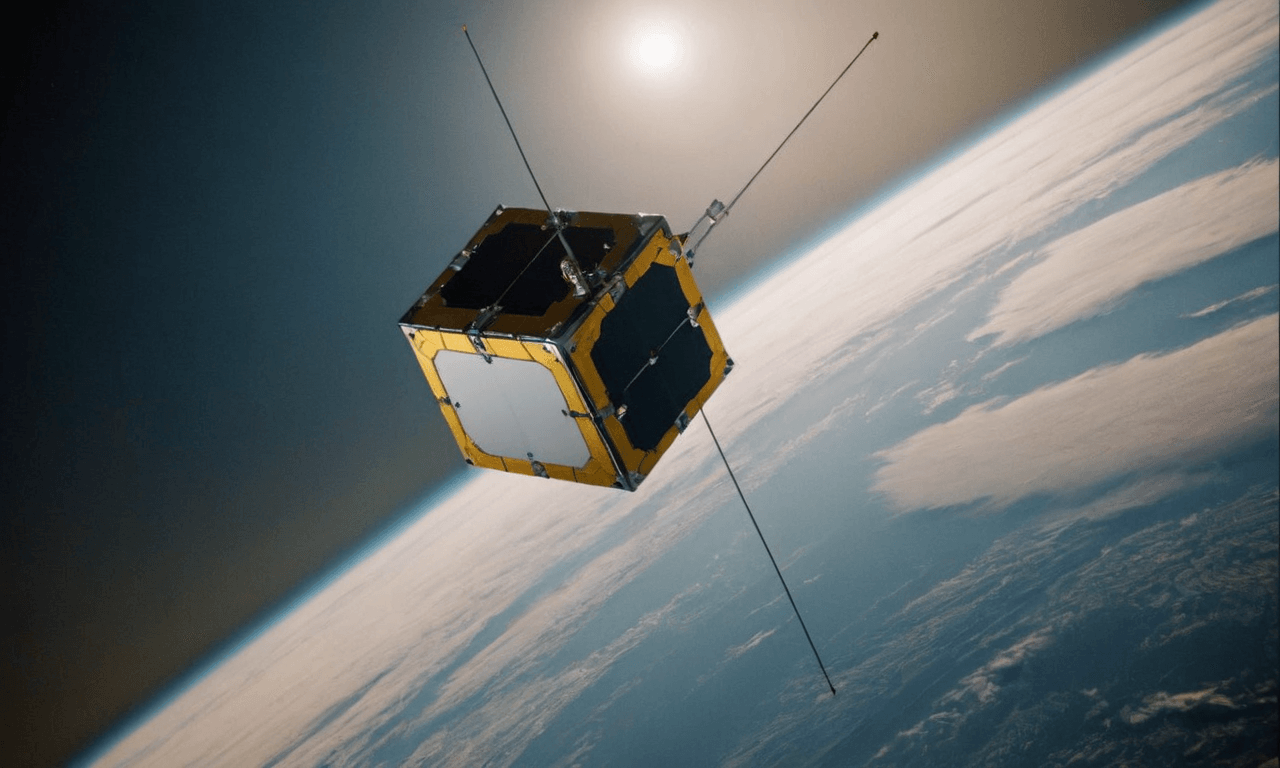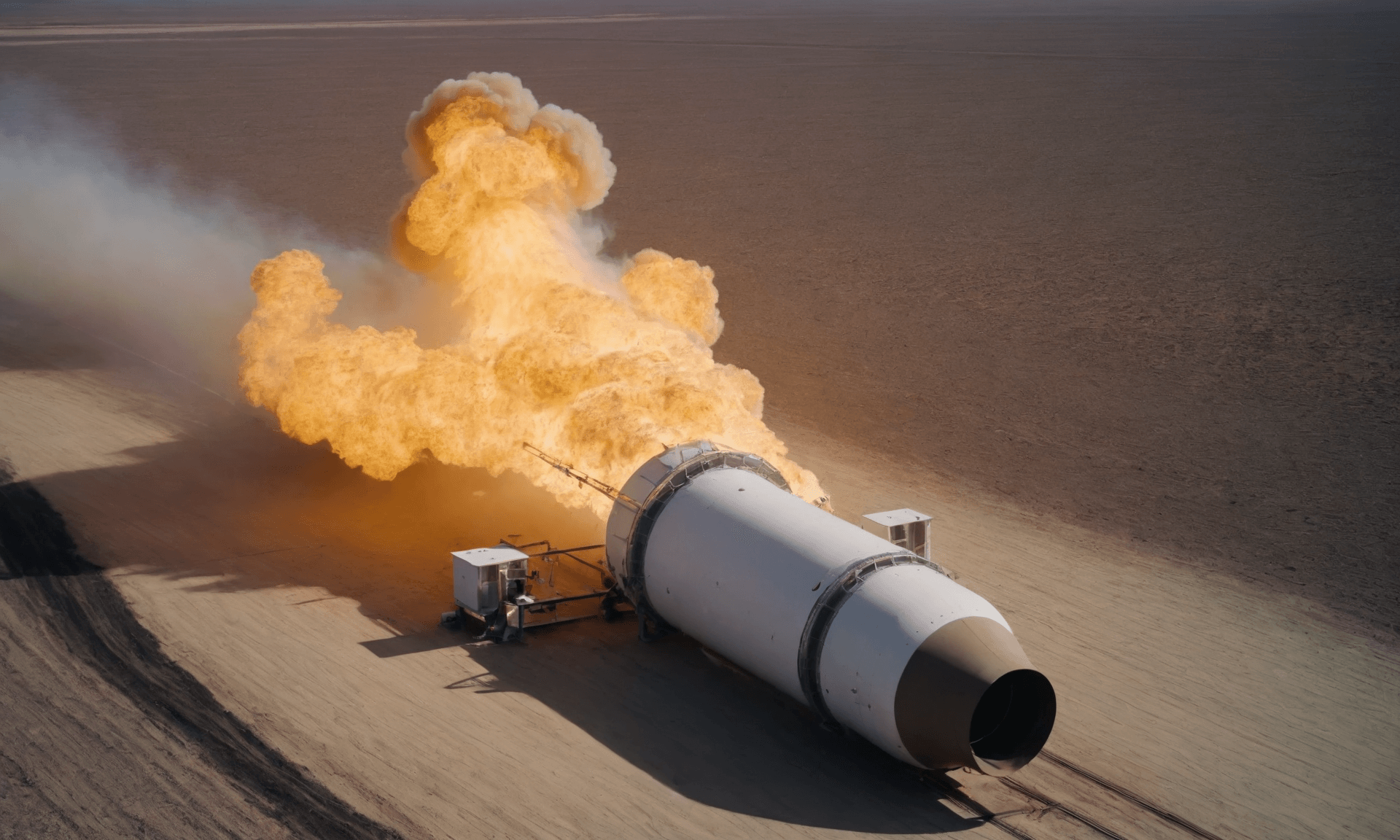· space brief · 5 min read
Space Brief 2 Sep 2024
Key topics: SpaceX resumes Falcon 9 launches, mysterious Starliner sounds, and upcoming space policy events. Detailed tracking info for EGYPTSAT A.

📄Top Stories
SpaceX has resumed Falcon 9 launches after the FAA’s brief grounding, with a record-setting double launch over the weekend. Meanwhile, the Boeing Starliner spacecraft has started emitting unusual sounds, raising concerns. This week also highlights key space policy events.
📰Detailed Coverage
SpaceX Resumes Falcon 9 Launches After Brief FAA Grounding
SpaceX resumed launches of its Falcon 9 rocket early on August 31 after the Federal Aviation Administration (FAA) ended a brief grounding of the vehicle. The grounding had temporarily halted the rocket’s busy launch schedule.
In an impressive comeback, SpaceX quickly set a launch turnaround record with back-to-back Falcon 9 launches from coast to coast. This rapid recovery underlines SpaceX’s ability to maintain an indefatigable launch cadence, critical for deploying large satellite constellations.
Read the full story: SpaceNews
Starliner Emits Strange Noises
The Starliner spacecraft, developed by Boeing, has begun emitting bizarre sonar-like noises that baffle engineers. The unexpected sounds were detected on Saturday, adding another layer of complexity to the troubled spacecraft’s development history.
While the exact source of these noises remains unidentified, engineers are working to pinpoint their origin and assess potential impacts on future missions. Observers in the satellite tracking community will find this development particularly interesting as it underscores the importance of rigorous pre-launch testing.
Read the full story: Ars Technica
Upcoming Space Policy Events
Several key space policy events are scheduled for the week of September 1-7, 2024. These events, ranging from congressional hearings to industry briefings, will influence future regulations and funding for space activities.
For those involved in space operations and satellite tracking, staying updated with these events is crucial. They provide insights into regulatory changes, funding allocations, and policy shifts that could impact ongoing and planned missions.
Read the full story: SpacePolicyOnline
Falcon 9 Completes Second Return to Flight of 2024
SpaceX successfully launched its Starlink 8-10 mission on August 31, deploying 21 Starlink satellites into orbit. The successful mission marks the second return to flight for Falcon 9 this year after addressing the issues that led to its previous grounding.
The quick turnaround demonstrates SpaceX’s resilience and operational efficiency. This mission plays a crucial role in the ongoing expansion of the Starlink constellation, which aims to provide global internet coverage.
Read the full story: SpaceScout
🛰️Satellite Spotlight
- Satellite Name: EGYPTSAT A
- NORAD ID: 44047
- Launch Date: February 21, 2019
- Mission: Electro-optical imaging system includes an Earth-viewing telescope and camera that can spot surface features as small as 3.3 feet (1 meter)
- Orbit: Inclination 98.0087°, Period 97.81 minutes, Eccentricity 0.0001313
- Operator: EGYSA (Egyptian Space Agency)
- Fun Fact: This versatile satellite, also known as MisrSat A, helps Egypt monitor agricultural productivity and water resources.
Current TLE Data:
1 44047U 19008A 24239.10331620 .00001643 00000-0 26829-3 0 99997
2 44047 98.0087 302.3501 0001313 80.1831 279.9524 14.72217217296117
Track this satellite in real-time on our web app: Track EGYPTSAT A
🗑️Space Debris Update
Current tracked debris objects: 14002
Notable recent events
Human-made Meteor Shower from NASA Mission
A recent NASA mission has resulted in the creation of over 2 million pounds of rocky space debris. This substantial amount of debris has the potential to create the first human-made meteor shower, marking a significant event in the study and impact of orbital debris.
Source: New York Post
🚀Upcoming Space Launches
September 4
- Arianespace Vega | Sentinel-2C from Ariane Launch Area 1 (ELV), Guiana Space Centre, French Guiana (01:50 UTC) Sentinel-2C is the third satellite in the Sentinel-2 constellation, designed to provide high-resolution optical imagery for land services.
- SpaceX Falcon 9 | Polaris Dawn from Launch Complex 39A, Kennedy Space Center, FL, USA (07:38 UTC) This mission will carry out the first-ever commercial EVA and aims to fly higher than any previous Dragon mission while conducting extensive scientific research.
September 5
- SpaceX Falcon 9 | NROL-113 from Space Launch Complex 4E, Vandenberg Space Force Base, CA, USA (01:28 UTC) Third batch of satellites for a reconnaissance satellite constellation developed by SpaceX and Northrop Grumman for the National Reconnaissance Office.
September 11
- Mitsubishi Heavy Industries H-IIA 202 | IGS Radar 8 from Yoshinobu Launch Complex LP-1, Tanegashima Space Center, Japan (04:00 UTC) The IGS Radar 8 is a Japanese radar reconnaissance satellite serving both Japan’s national defense and natural disaster monitoring.
- ROSCOSMOS Soyuz 2.1a | Soyuz MS-26 from 31/6, Baikonur Cosmodrome, Republic of Kazakhstan (16:23 UTC) Soyuz MS-26 will carry two cosmonauts and one astronaut to the International Space Station.
Note: Launch dates and times are subject to change due to technical or weather considerations.
💡Did You Know?
As of September 2024, there have been over 100 moon missions launched by various countries and organizations. Of these, only 20 have successfully soft-landed on the lunar surface. The United States, Russia (formerly Soviet Union), China, India, and Japan are the only nations to have successfully landed spacecraft on the Moon. Interestingly, the most recent successful lunar landing was achieved by India’s Chandrayaan-3 mission in August 2023, making India the fourth country to soft-land on the Moon and the first to land near the lunar south pole.
🔬Technical Corner
Space-Based Solar Power (SBSP)
Space-Based Solar Power (SBSP) is a concept for collecting solar energy in space and transmitting it wirelessly to Earth. This technology has the potential to provide a constant, clean, and renewable energy source.
Key points about SBSP:
Solar collection: Large satellite arrays would collect solar energy continuously, unaffected by Earth’s day/night cycle or atmospheric conditions.
Wireless power transmission: The collected energy would be converted to microwaves or lasers for transmission to Earth-based receiving stations.
Potential benefits: SBSP could provide a constant power supply, reduce reliance on fossil fuels, and minimize land use compared to terrestrial solar farms.
Challenges: High initial costs, technical complexity of power transmission, and potential space debris issues are significant hurdles.
Current research: Several space agencies and private companies are exploring SBSP concepts and conducting small-scale demonstrations.
Understanding SBSP is crucial for future energy planning and space utilization. As we seek sustainable energy solutions and expand our presence in space, SBSP represents a promising intersection of space technology and renewable energy development.




